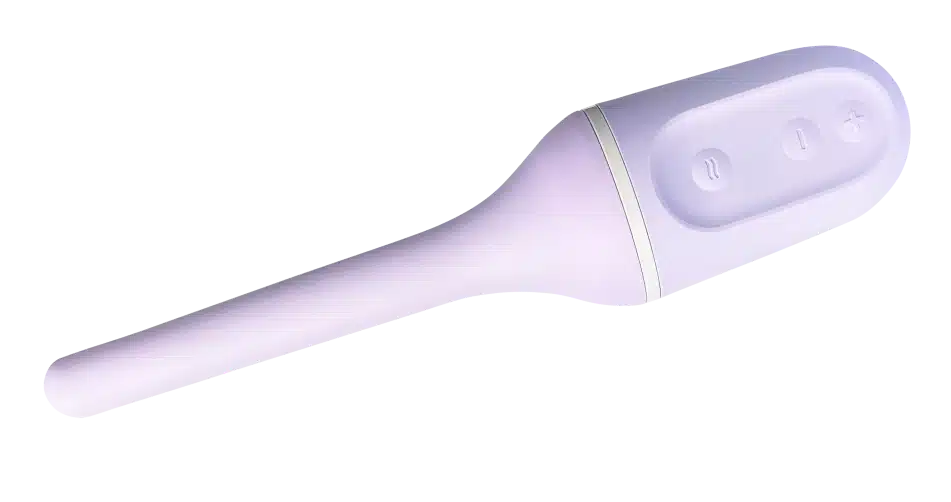When it comes to muscles, we all know the heavy hitters. Most people can point to their biceps, abs, and hamstrings, and probably even demonstrate a few exercises that target each one. But how many times have you heard someone talk about strengthening their coccygeus (kok-sij-ee-uhs)? Do you remember ever learning about your levator ani muscles in school? Probably not. Although these muscles are present in people of all genders, those with female anatomy are more likely to suffer from pelvic floor dysfunction (more on this later). But before we get ahead of ourselves, let’s start with the basics. Welcome to pelvic floor 101.
The “pelvic floor” is a group of muscles located at, yes, the floor of the pelvis. The shining star here is a paired group of muscles called the levator ani. Latin for “the one who lifts,” our left and right levator ani are each composed of three individual muscles: the iliococcygeus, pubococcygeus, and puborectalis muscles. Lastly, the coccygeus is another paired muscle that lies just behind the levator ani.

These muscles, along with ligaments and connective tissue, create an elegant support system — often referred to as a “sling” or “hammock” — for our pelvic organs.
What are our pelvic organs, you might ask? They are:
- The bladder and urethra
- The rectum
- The uterus and vagina (for folks with female anatomy)
- The prostate (for folks with male anatomy)
These muscles may be a mouthful, but they deserve a moment of respect. Indeed, without our pelvic floor, those organs would be DROPPING to the floor. Which brings us to why these muscles are so important in the first place.
Note: for the rest of this article, we will be discussing the pelvic floor as it relates to those with female anatomy.
You can think of your pelvic floor muscles as the gatekeepers of your urethra, vagina, and anus. When the muscles tighten, those openings close. When the muscles relax, they open. The proper functioning of these muscles — the ability to tighten and relax at the right moment — is what allows us to urinate, have a bowel movement, perform penetrative sex, and orgasm.
On the flip side, if these muscles are NOT working properly, any of those functions can become impaired. Weakness of the pelvic floor can lead to incontinence and pelvic organ prolapse, whereas unwanted tightening of those muscles can lead to painful contraction of the vaginal wall, a condition known as vaginismus.
Pelvic pain and dysfunction are extremely common. At least 20% of women experience one type of pelvic floor dysfunction. The cause is not always known but can be related to pregnancy, childbirth, pelvic surgery, advancing age, and traumatic injuries.
Unfortunately, despite how common they are, pelvic floor-related conditions such as incontinence and vaginismus have historically been taboo to talk about. As a result, women often suffer in silence because of the shame and lack of information available. If you are one of those women, please hear this: you are not alone. We see you. And we see a world where women’s intimate needs are given the time and attention they deserve.



